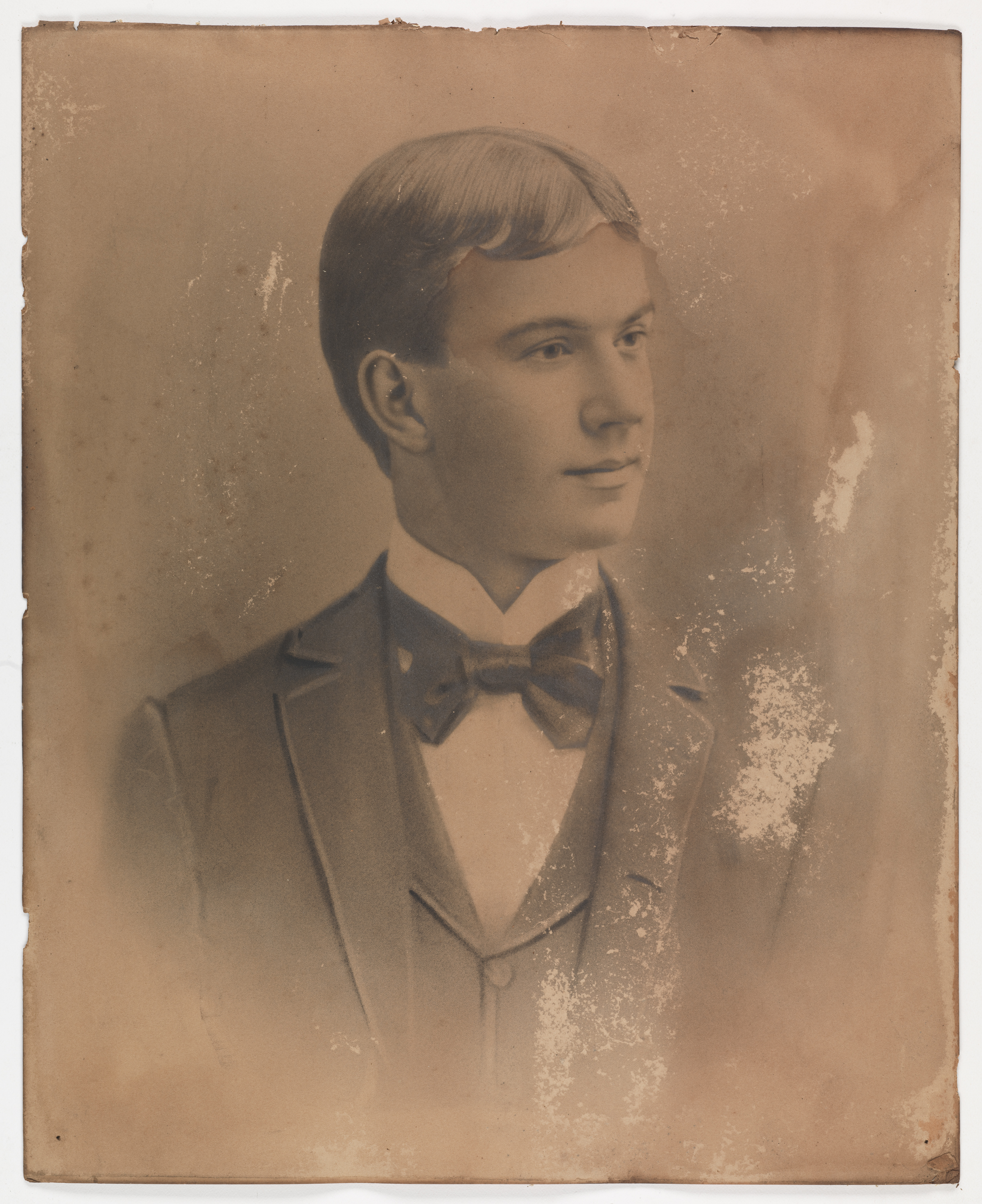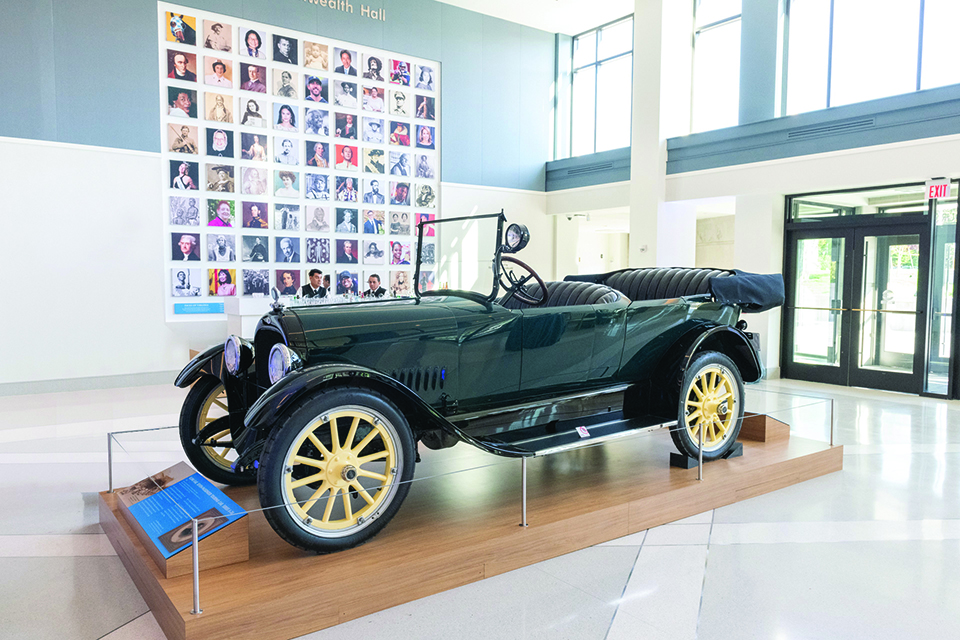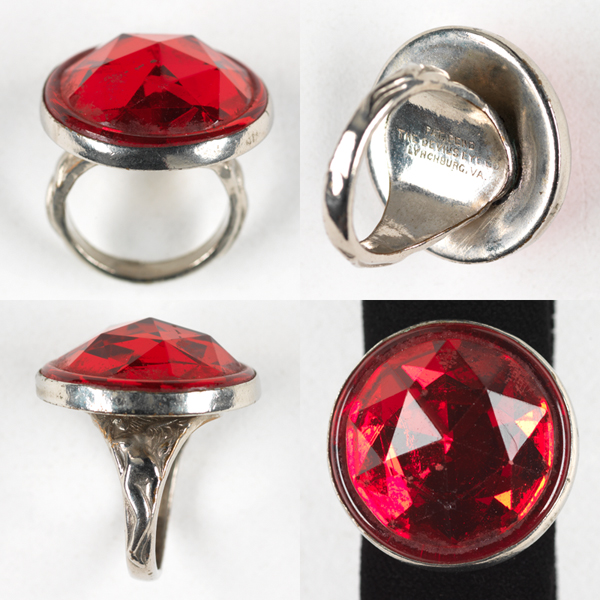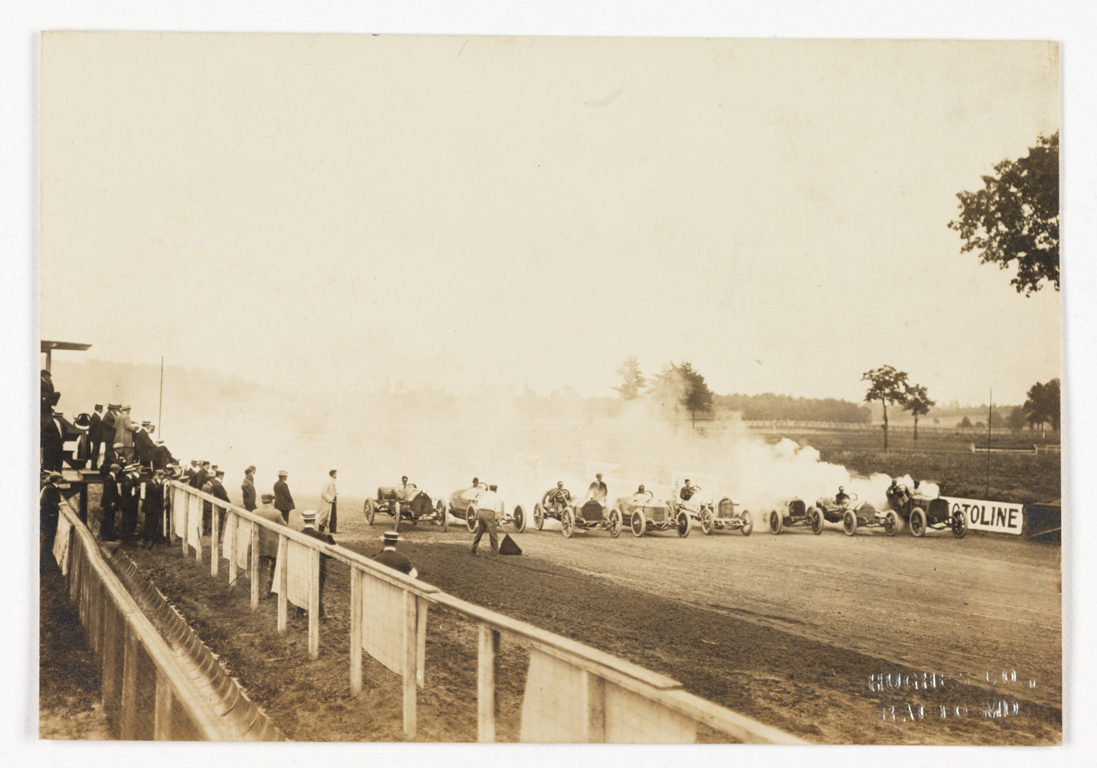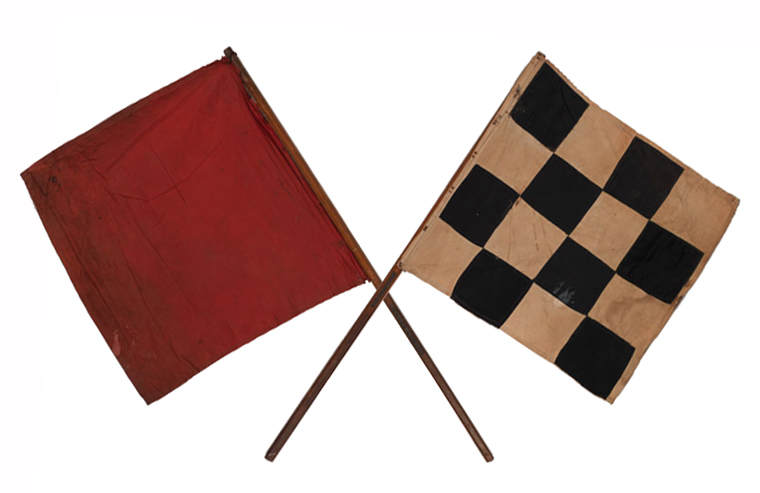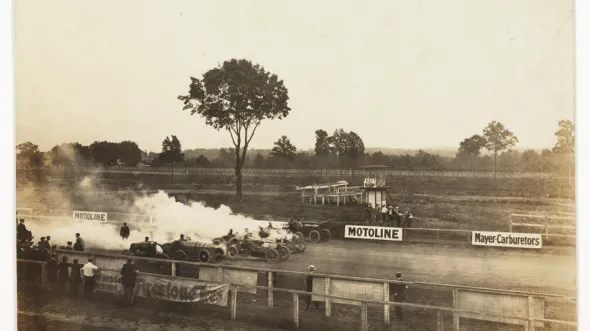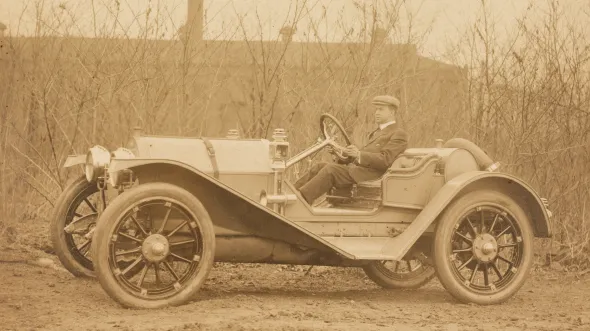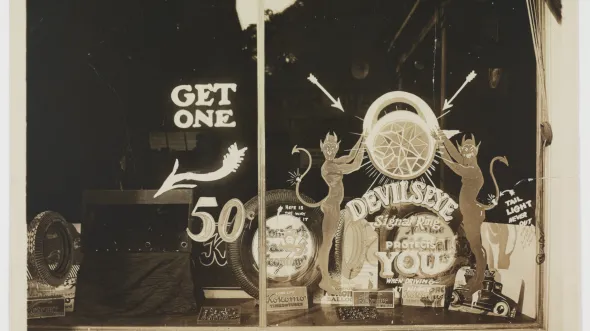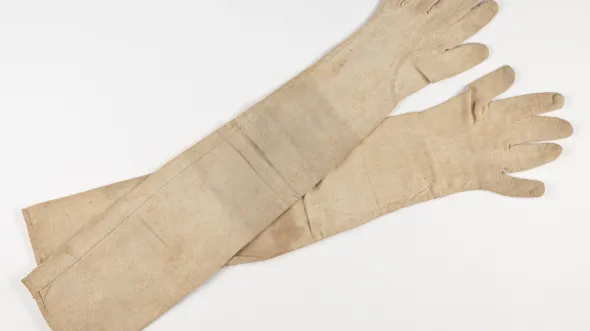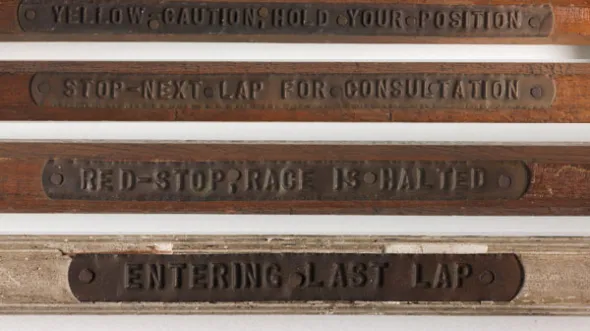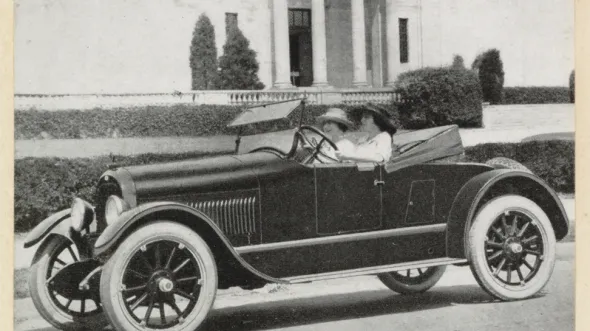James Allen Kline (1874–1944), a bicycle maker in Harrisburg, Pennsylvania, became fascinated with automobiles and the future of transportation when he witnessed a demonstration of a horseless carriage—a steam-powered car called a “Locomobile”—in New York City in 1899. He placed an order for the car and then devised improvements to it. By 1905, Kline and several partners were building a competing model, the York car, later called the Pullman. In 1911, a group of Virginia business leaders persuaded Kline to move his operation to Richmond. Two years later, “Kline Kars” were being produced at a new factory on Arthur Ashe Boulevard in Richmond.
The Kline Car Corporation of Richmond produced about 2,500-2,800 vehicles before closing in 1923. One of the only two surviving vehicles—a seven-passenger 1918 Kline Model 6-38 touring car—is on display in the VMHC's Commonwealth Hall and was the inspiration for the museum's 2022 Official Virginia History Ornament.

